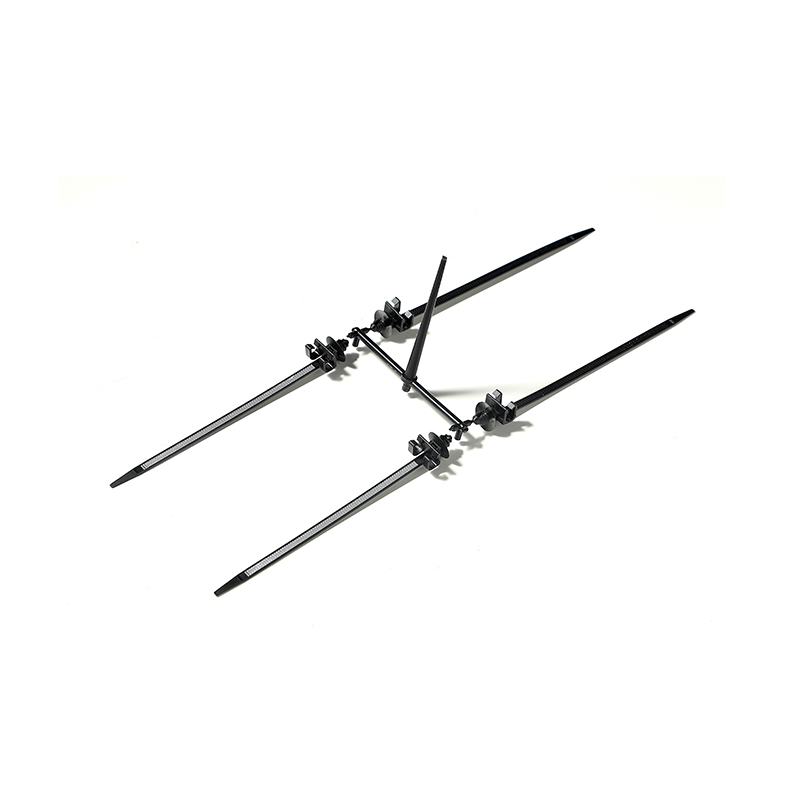 2025.08.08
2025.08.08
 News
News
The Nylon Cable Tie Mold plays an important role in the manufacturing of cable management solutions widely used across industrial, commercial, and domestic environments. Through precision engineering and structured production processes, the Nylon Cable Tie Mold enables high-volume, consistent output of nylon cable ties that meet specific dimensional and strength requirements. From mold design to production efficiency, the Nylon Cable Tie Mold affects quality, cost, and durability of the final product.

In the cable tie production process, the Nylon Cable Tie Mold is a customized mold tool used in injection molding machines. These molds are typically made from hardened steel or other durable materials to withstand repeated high-pressure injection cycles. The geometry of the Nylon Cable Tie Mold defines the shape, size, locking mechanism, and overall structural features of each cable tie. The mold consists of core and cavity parts, along with guiding, ejection, and cooling systems that influence the molding process.
One of the essential characteristics of a Nylon Cable Tie Mold is its cavity count. Molds may range from a single cavity to multiple cavities depending on the desired output. In high-volume production settings, multi-cavity Nylon Cable Tie Mold configurations are preferred as they allow simultaneous molding of several ties per cycle. This significantly improves productivity while maintaining uniformity among the produced components.
Material selection also factors into the operation of the Nylon Cable Tie Mold. Many cable ties are manufactured from nylon 6/6, a polymer with good tensile strength, heat resistance, and electrical insulation properties. The mold must be designed to handle this material's flow and cooling characteristics during injection molding. Proper venting and flow channel design within the Nylon Cable Tie Mold ensures complete fill of each cavity and reduces the risk of defects such as short shots, warpage, or flash.
Mold design has a direct impact on the performance of cable ties. The Nylon Cable Tie Mold must produce parts with precise dimensions to allow the locking head and ratchet mechanism to function smoothly. Inconsistent molding can ties that are difficult to fasten or prone to failure under tension. Therefore, the tolerances and surface finish within the Nylon Cable Tie Mold must support the intended application requirements of the final product.
From a maintenance perspective, the Nylon Cable Tie Mold requires regular inspection and cleaning to ensure longevity. The presence of small part geometries in cable ties means even minor residue buildup in the mold cavities can cause defects. Cooling channels and ejection systems in the Nylon Cable Tie Mold must also be monitored to maintain stable production cycles and prevent unscheduled downtime.
Operational efficiency in production is closely linked to mold cycle time. The Nylon Cable Tie Mold is often optimized to reduce the time between injection and ejection without compromising the quality of the molded parts. Cooling rates, ejection speed, and material flow are balanced to ensure each tie cures fully while excess material use or mechanical stress on the mold.
Technological advancements have led to improvements in the performance of the Nylon Cable Tie Mold. Computer-aided mold design (CAD) and mold flow simulation software allow engineers to refine gate locations, optimize cavity layouts, and predict material behavior within the mold. These tools help reduce development time and improve mold accuracy, which is critical in mass production environments.